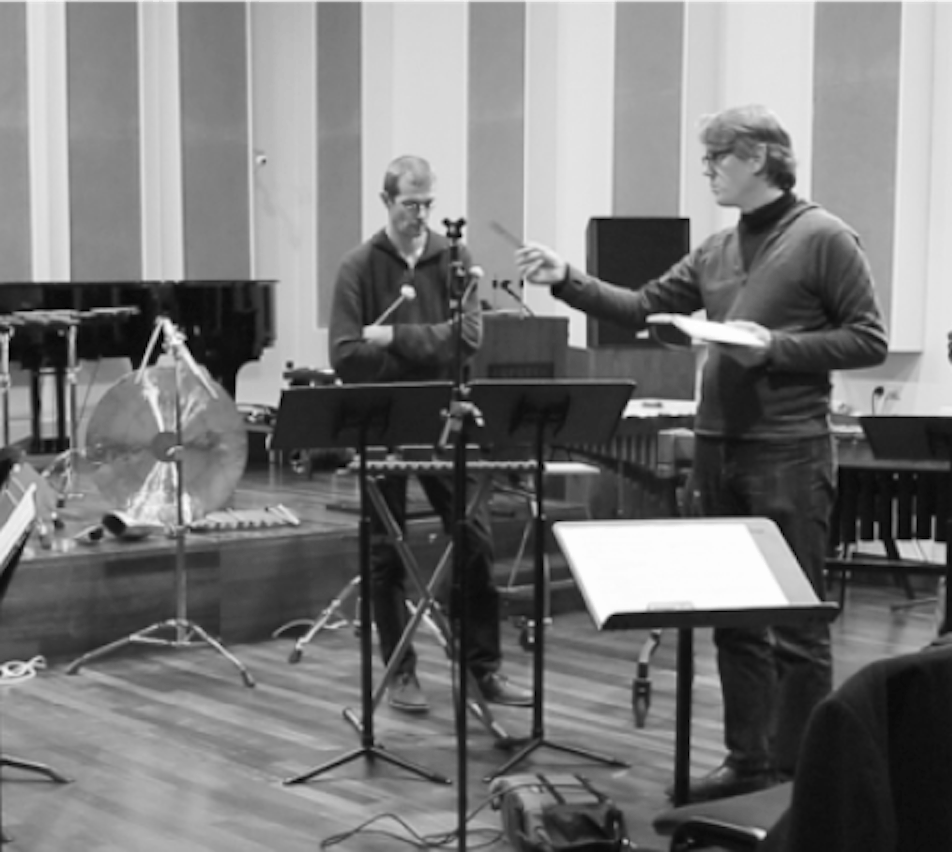

Cathy van Eck
| Keywords: | composition, microphones, loudspeakers, Luigi Nono, electronics |
| Duration: | 2006-2013 |
| Period: | 19th century music, 20th century music, 21st century music |
| Musician type: | composer |
| Host institution: | Leiden University |
| Keywords: | composition, microphones, loudspeakers, Luigi Nono, electronics |
| Duration: | 2006-2013 |
| Period: | 19th century music, 20th century music, 21st century music |
| Musician type: | composer |
| Host institution: | Leiden University |
From the 1950s on, microphones and loudspeakers started to play a crucial role not only in the mere reproduction of sound, but also in the creation of music. Composers and musicians often described these new possibilities of using microphones and loudspeakers as musical instruments. This resulted not only in many pieces and performances that used microphones and loudspeakers in unusual ways but also in many new possibilities for musical composition.
Confronted with microphones and loudspeakers through my own practice as a composer using electro-acoustic media, I investigated how microphones and loudspeakers could become musical instruments. This resulted in 28 compositions and a text about historical, theoretical, and practical aspects of the subject. To obtain a clear picture of the possibilities of microphones and loudspeakers in music, I develop four approaches in my dissertation. Three of them focus on the transparent use (reproducing, supporting and generating). The fourth approach focuses on the use of microphone and loudspeakers in an opaque way; that is, as musical instruments. I call this the interacting approach, since the music should, in contrast to the other approaches, not be transmitted through microphones and loudspeakers, but formed, coloured, and changed by these devices.
The fourth approach was the starting point for 28 compositions, in which I investigate in what ways one could interact or "play" microphones and loudspeakers. This resulted in a categorisation of three interaction parameters: movement, material and space. I looked at how these interaction parameters might be recognised in the work of other musicians and composers, as well as how the interaction with microphones and loudspeakers influenced compositional form, the performance situation, and the relationship between musician and musical instrument. This resulted in a theory and praxis in which I elaborate upon unique features of music, composed with microphones and loudspeakers.
Prof. Frans de Ruiter (promotor), Richard Barrett (promotor), dr. Marcel Cobussen (co-promotor)